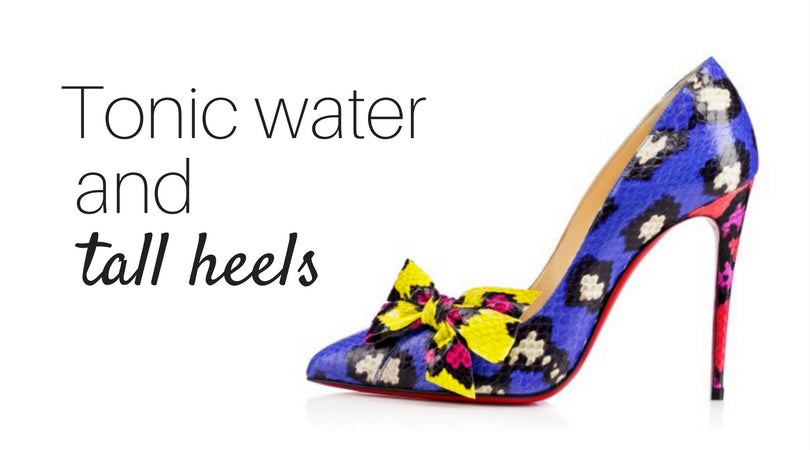Your Cart is Empty
✨FREE shipping in US on orders over $75✨

Whether you enjoy the iconicgin and tonic, icedcoffee with bubbles, or non-alcoholicsodas and spritzers,tonicwater makes for some great drinks!
Tonicwater was first made popular in 1825 when British officers were looking for a way to improve the bitter taste of quinine - an extract made from from the bark of the cinchona tree and a powerful anti-malaria medicine.
The British mixed quinine, sodawater and sugar (now known astonicwater) and enjoyed it with their gin.
The bitter-tasting quinine is also an effective anti-inflammatory and muscle relaxant. It was used as early as the 1500s to reduce shivering in cold temperatures and has been used more recently to treat Lupus, arthritis and restless leg syndrome.
Today,tonicwater has a significantly lower quinine content than it once did(according to Live Science, you'd have to drink almost 20 liters of today's diluted tonic water daily to achieve the daily dose typically prescribed for malaria) and is enjoyed in both alcoholic and non-alcoholic drinks.
Thanks to the anti-inflammatory and relaxing properties of quinine intonicwater, it is also the perfect ingredient for a foot soak and a great way to reduce swollen feet.
So the next time your feet hurt - whether from wearing your tallest heels or your flattest flats, try soothing your sore feet with atonicwater soak.
Simply immerse your feet in a tub oftonicwater at room temperature for 20 minutes and feel the soreness melt away.
To help prevent swollen, tired, aching feet, add Vivian Lou Insolia weight-shifting insoles to any shoe with a 2 inch heel or higher. These amazing insoles adjust the pitch and position of the foot in heels so you can wear them 4x longer without pain or inflammation!
Here’s to happy, healthy feet in high heels!
p.s. Some people are extremely sensitive to quinine. If you have an allergy or are sensitive totonicwater, do not use it as a foot soak.
